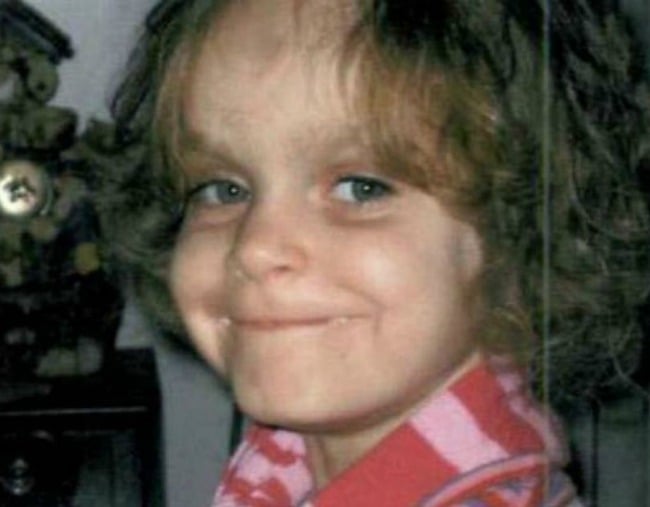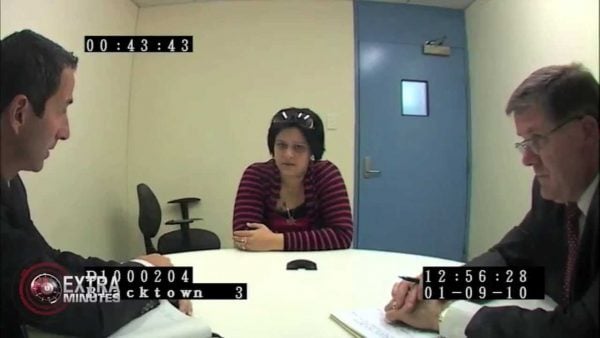
Content warning: The following contains descriptions of violence against a child, which may be distressing for some readers.
Working for more than a decade as a court reporter, Jamelle Wells bore witness to the judicial process in some of Australia’s most notorious criminal cases. But the ones that linger most vividly in the journalist’s memory are those involving the harm or death children. In this extract from her book, The Court Reporter, she shares one of the most affecting.
***
When the prison van arrived at the Supreme Court on 18 July 2013 for the sentencing of Kristi Abrahams for murder, a group of women carrying placards ran after it shouting abuse at her. I watched them from where I was waiting outside the court in King Street and wondered what the 30-year-old sitting inside the van was thinking.
That day came almost three years after Abrahams and her de facto partner Robert Smith buried her six-year-old daughter Keisha’s body in bushland in Sydney’s west. The little girl had died after years of physical abuse.
At first, her family captured public sympathy when they called triple 0 and reported Keisha missing from their Mount Druitt home in western Sydney in August 2010. They joined police in a public appeal for help to find her and made statements on television sobbing and holding tissues to their faces.
Kristi Abrahams said, “If anyone has seen her, can they please contact the police.”


Top Comments
The little girl must have had a horrendous life with this evil couple. Why didn't people intervene-whether it was family or social services?
Blind Freddy could have seen this child was being abused. I knew the moment her pictured appeared on TV, she looked exhausted and like she'd lived a very hard life for a little girl. My question is, why was she left in that home? Where social services aware of this family?